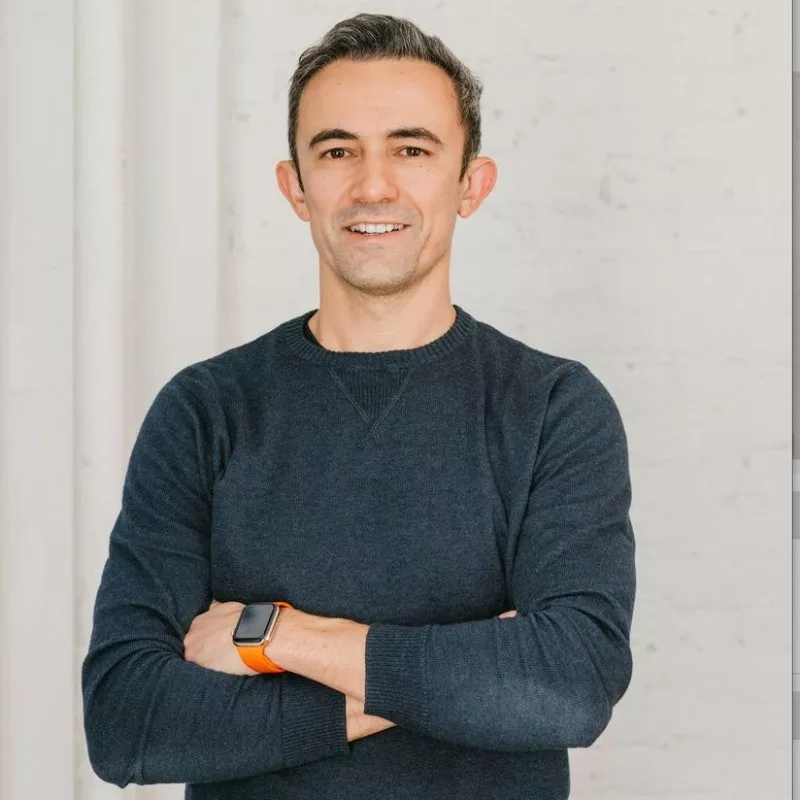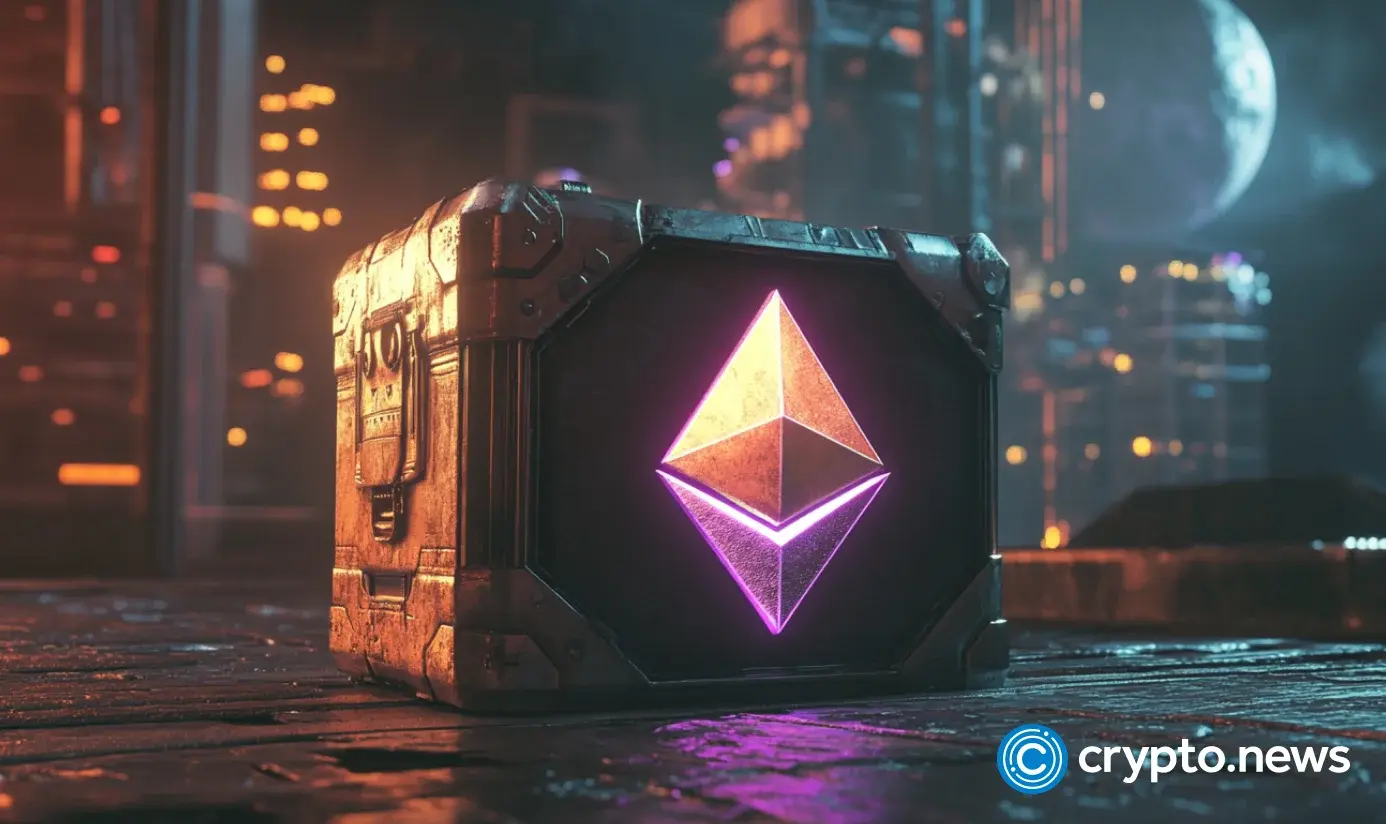Disclosure: The views and opinions expressed here belong solely to the author and do not represent the views and opinions of crypto.news’ editorial.
In every industry, specialization eventually outpaces generalization. As the complexity of systems increases, the tools that thrive are not the ones that attempt to do everything at once, but the ones designed to do one thing exceptionally well. Notably, technology has always followed this path. Cloud computing is split into storage, compute, and databases, chip design is branched into CPUs, GPUs, and TPUs, and finance came to rely on clearinghouses and custodians as dedicated infrastructure. Blockchain is not an exception.
Summary
- As blockchain ecosystems mature, purpose-built networks (data availability, stablecoins, tokenized assets) outperform general-purpose chains, with proof verification identified as the next critical domain.
- High-volume proof generation from zkVMs, rollups, and zkML systems strains Ethereum’s L1 gas system, making verification costly, unpredictable, and inefficient for large-scale applications.
- Specialized layers reduce cost and latency, support new proof types, and enable “verify once, use everywhere” across zkVMs, identity protocols, gaming, AI, and cross-chain applications, unlocking modular scalability and efficiency.
Throughout cycles, the blockchain ecosystem has begun to fragment into purpose-built networks for data availability, stablecoins, tokenized assets, and settlement layers optimized for speed and security. Tracing this path, it becomes clear that proof verification is the next domain ready to follow this trajectory. It’s a layer that’s long overdue for its own specialized layer.
Verification is the choke point
Zero-knowledge virtual machines, or zkVMs, and cryptographic applications are now producing more proofs than ever before. Rollups, privacy-preserving apps, and zkML systems are moving into production, each generating vast volumes of proofs that need to be checked. The demand is only accelerating, but the infrastructure for verifying proofs hasn’t kept pace.
On Ethereum (ETH), a single proof verification consumes around 200,000-300,000 gas. In times of network congestion, that translates to $1-$10 or more per check. For applications that require thousands or millions of verifications, those economics don’t scale. Rather, they become unpredictable, as a product’s unit economics can look viable one day and break the next, depending on gas volatility.
Developers often attempt to work around these constraints by aggregating proofs or converting them from STARKs to SNARKs to fit EVM constraints. While useful, this can introduce complexity and inefficiency. There’s also some nuance here — newer proof types can’t always be verified on Ethereum. The bottom line is that our current infrastructure is buckling under the proof demand.
Just add a verification layer
The solution? Specialization. A dedicated verification layer that can verify proofs at orders of magnitude higher volume can lower cost and latency, while protecting applications from the volatility of L1 gas markets. This framework of this approach encompasses more than simple efficiency. Rather, it embodies a core ethos of web3 by placing importance on composability.
Specialization also means dedicated support for newer versions of existing verifiers — these are updated very frequently. Support for new proof types allows projects to adapt as the market evolves or stay ahead of the curve.
Picture a specialized verification layer as a shared resource that any application can tap into, be it an identity protocol, zkVM, or gaming platform, or any of the rising use cases that ebb and flow from year to year. Instead of every project solving the same bottleneck in isolation, verification becomes a plug-and-play primitive across the ecosystem.
Who benefits?
A dedicated verification layer has wide-ranging benefits across the ecosystem.
zkVMs
Systems like RISC Zero or SP1 can avoid the costly detour of converting their STARK proofs to SNARK just to fit into EVM constraints. A verification layer lets them operate natively, improving performance and reducing costs.
Identity and attestation protocols
Apps that need frequent proofs of authenticity can achieve them predictably and at a lower cost. Verification layers can support global-scale systems where billions of micro-proofs would otherwise be prohibitively expensive.
Gaming and entertainment
Online gaming often relies on randomness and fair play. With fast, low-cost verification, games can embed provable fairness into mechanics without breaking the flow of gameplay. Leaderboards, anti-cheating, and in-game economics: these all benefit from eliminating the need for trust.
AI and zkML systems
As AI becomes an increasingly prominent part of the tech landscape, machine learning often intersects with blockchain. Proofs about model integrity or inference correctness can be batched and verified for cheap. As this pertains to AI agents and analytics systems, it opens the door for more trustlessness in machine-driven decisions. Agents can communicate with each other and more effectively collaborate because there’s no need for trust
Cross-chain applications
In a multichain world, redundancy is an increasing issue. A verification layer enables a “verify once, attest everywhere” framework, allowing a proof generated in one environment to be checked centrally and referenced across chains, potentially improving interoperability.
In short, anywhere that trust and efficiency intersect, proof verification becomes a critical enabler.
The next wave of purpose-built chains
As multichain ecosystems expand, we’ve already begun to witness the potential benefits of specialization.
Celestia and EigenDA are two such examples. Having optimized for data availability, they’ve freed applications from having to reinvent the wheel. Even stablecoin-first chains like Arc and Tempo tuned their infrastructure specifically for payments and exchange, illustrating how modularity and specialization can allow for more effective scalability.
Verification layers are the natural next step that’s long overdue to become the next area of specialized innovation. They slot into the composable stack alongside oracles, DA networks, and settlement layers. By handling proof verification as a specialized function, they address one of the most pressing bottlenecks facing the blockchain industry today. They can deliver proofs for $0.003 and integrate any proof type, avoiding the need for aggregation or STARK-to-SNARK conversion.
If general-purpose blockchains broke the frontier, specialization will blaze future trails. Dedicated verification layers will improve efficiency and unlock entirely new design spaces for developers and users to ensure that web3 infrastructure is not only functional but optimized.




